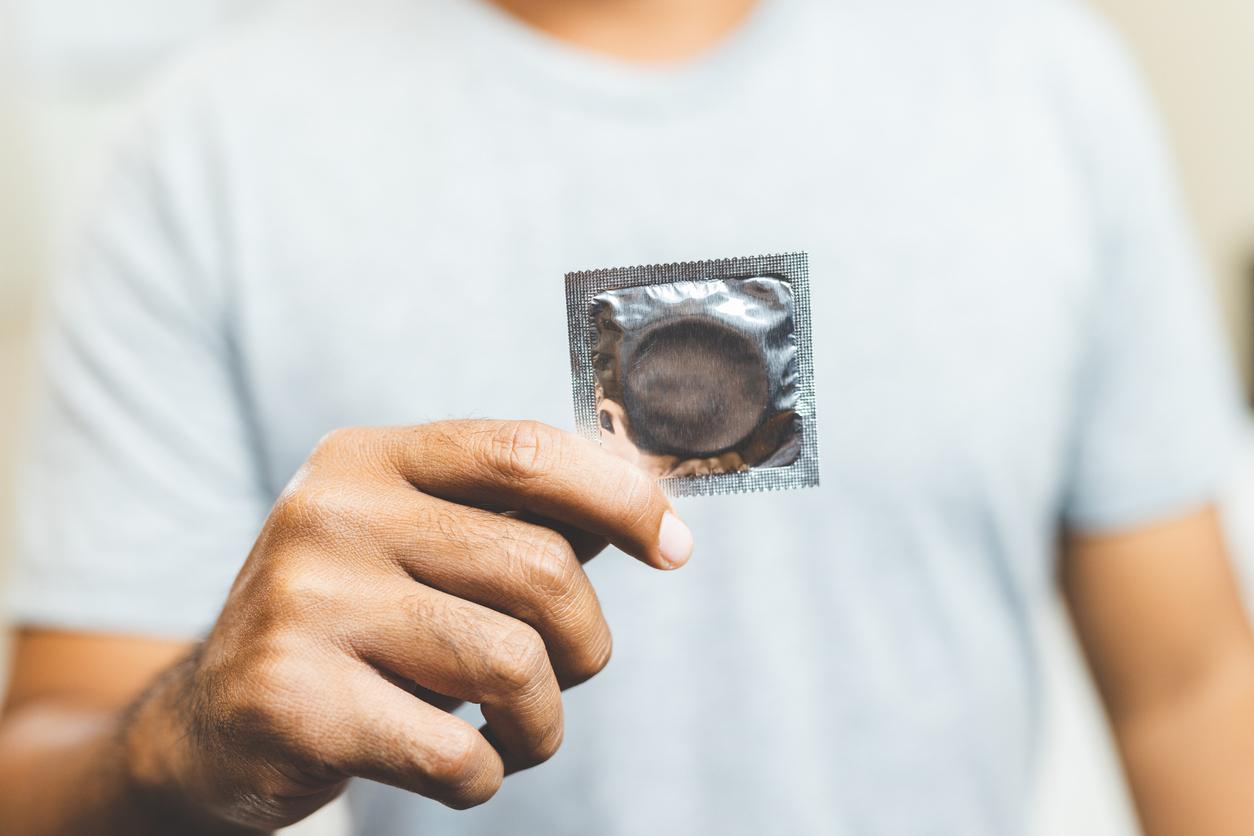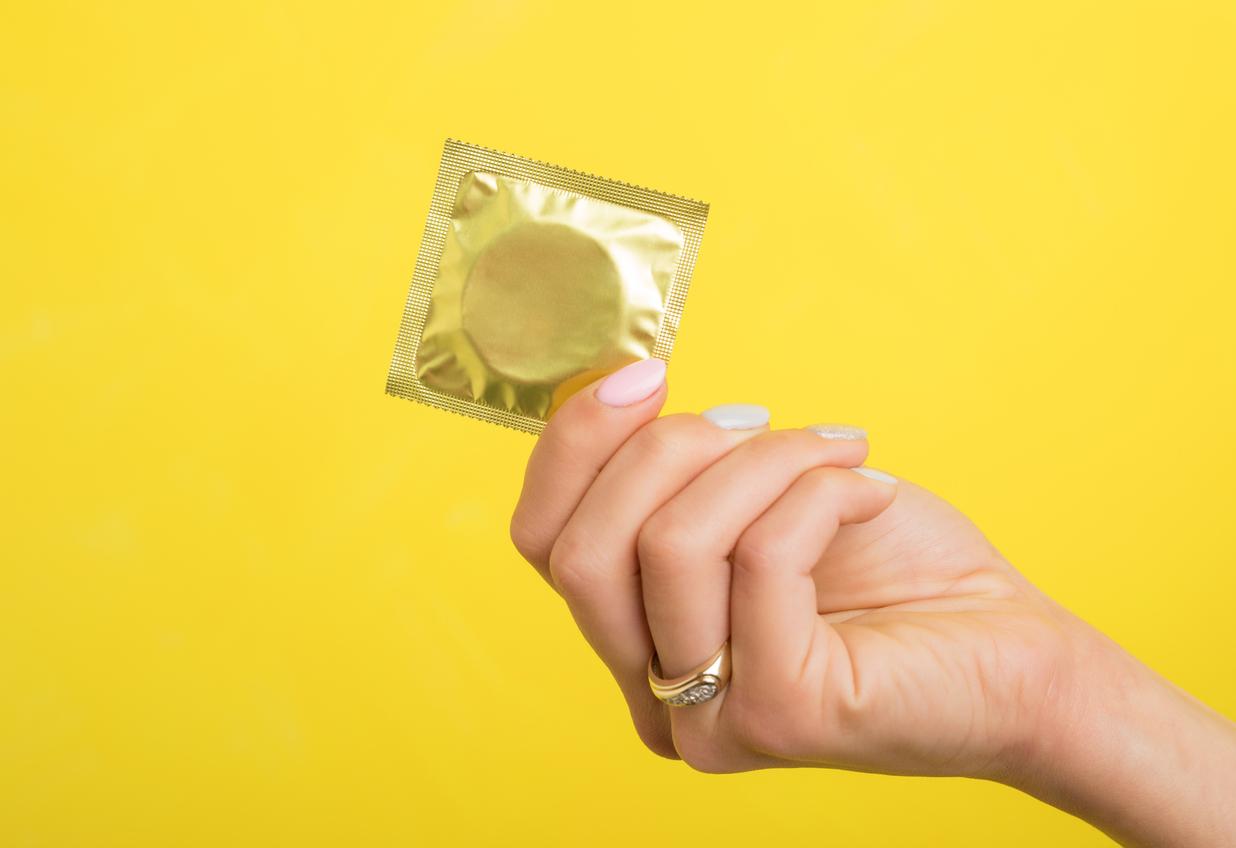60% of women who use contraception use the pill. The Fecond survey, published recently, underlined that our model is fixed, in particular with regard to the IUD.
The controversy surrounding the 3rd and 4th generation pills worries many women about this contraceptive method. It must be said that in France, this means is particularly used. Among the 7 million French women who use contraception, 60% take the pill. This is what Marisol Touraine recalled. The Minister of Health has also asked the High Authority for Health “to develop a guide of good practices for health professionals, so that the proposed contraception is best suited to each particular situation”. Because other contraceptive methods exist. This is what the survey showed Fruitful, carried out in 2010 by Inserm and INED, and recently published.
the condom is used by a majority of women at the start of their sexual life: more than one in two women aged 15-17 uses it as a contraceptive method (59%), sometimes in combination with the pill (in 15% of cases). The proportion of women using it declines with age.
The pill, it was still in 2010 the most used method of contraception in France. One in two women aged 15-49 uses it. However, while the proportion of women taking the pill has steadily increased since the legalization of contraception in 1967, its use has declined slightly since the early 2000s (-4.6%). Among young people aged 20-24, the drop is even -10.4%.
The new horomonal methods do not completely compensate for the slightest use of the pill. Distributed over the past decade, they were used in 2010 by 4% of women.
– The implant comes in first position (2.6% of women). This is a small stick that contains the same type of substance as progestin-only pills. It is 99.9% effective. Available in France since 2001, it is reimbursed at 65% by the Health Insurance.
– The vaginal ring (1%) contains a combination of hormones (estrogen + progestin). It is as effective as an estrogen-progestogen pill and is not reimbursed by Health Insurance.
– The contraceptive patch (0.4%) is a patch which sticks to the skin and which contains an association similar to that of a combined pill. Its effectiveness is close to that of pills but it is not reimbursed by Health Insurance.
the IUD is used by 21% of women. Its recourse remains in reality reserved for the oldest (45-49 years) and those who have already had children.
However, the recommendations of the Haute Autorité de santé distributed in 2004 to all health professionals specify that the IUD could be used at all ages, whether or not the woman has had a child. “The reasons for this low use (…) relate in particular to the representations that women and health professionals have of this method”, specifies the Fecond survey. Often erroneous representations. 54% of the women questioned in 2010 considered that the IUD was not indicated for a woman who had not had a child. On the side of gynecologists, this percentage rose to 69%. Finally, 84% of general practitioners share this point of view.
Women without a contraceptive method and who do not want to get pregnant remain a small minority, around 3% (5.1% of 45-49 year olds and only 0.9 of 15-17 year olds).
The French contraceptive model appears not very flexible, as if frozen, underlined the study of Inserm and INED. It remains characterized by a significant use of condoms at the beginning of sexual life then comes the use of the pill as soon as the sexual life is regularized.
.
















